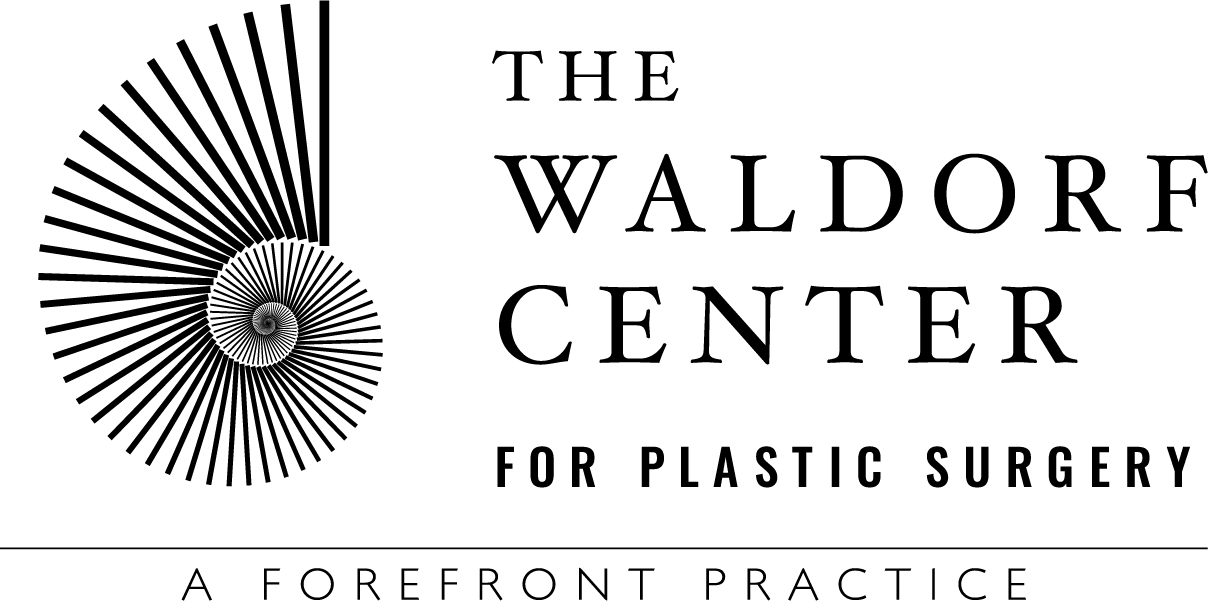In the quest for a youthful appearance, there are many misconceptions and misunderstandings surrounding facelifts. At Portland, Oregon’s Waldorf Center, we aim to provide accurate information and debunk these common myths so that you can make informed decisions about your facial rejuvenation options.
In this blog post, we’ll tackle three stubborn facelift myths and provide evidence-based information to separate fact from fiction.
Myth 1: Only Older People Can Benefit from a Facelift
The Age Bias in Society
The truth is that we as a society have a pretty bad age-related bias concerning facelifts. Many people falsely believe that facelifts are only a godsend to older individuals. This misperception may be since signs of aging are typically associated with advancing years.
The Reality Beyond Age
No matter your age, facelifts have the potential to significantly improve your facial appearance. Facelifts can benefit individuals in their 30s, 40s, or 50s who are experiencing early signs of aging or loss of facial volume. The procedure can address issues like sagging skin, deep folds, and facial laxity.
A Solution for Individuals of Various Ages
As you can see, facelifts are not exclusive to older individuals. This surgery can provide outstanding results for those of varying ages, catering to each person’s unique concerns and aesthetic goals.
Myth 2: Injectables Can Achieve the Same Look as a Facelift
The Common Misconception
It’s a commonly held belief that injectable treatments, such as BOTOX® or dermal fillers, can fully replace the need for a facelift. While these nonsurgical treatments can temporarily improve certain signs of aging, they are certainly not equivalent to or as dramatic as a facelift.
The Distinct Advantages of Facelifts
Facelifts offer long-lasting results, capable of addressing concerns that extend beyond injectables’ capabilities. When it comes to sagging skin and muscle laxity, facelifts are the gold standard treatment. Unlike injectables, which only last from a few months to a couple years, facelift results are more enduring and noticeable.
The Optimal Choice
The takeaway is that facelifts provide distinct advantages over injectables with regard to lasting results and addressing specific aging concerns. While injectables play a valuable role in certain aspects of facial rejuvenation, they cannot replace the efficacy of a facelift.
Myth 3: Recovery from a Facelift Is Long and Painful
Debunking the Dreaded Recovery
It’s a widespread misconception that recovery from a facelift is long and painful. In fact, the recovery process has wildly improved in recent years thanks to advancements in anesthesia and surgical techniques.
The Comfortable Recovery Journey
If you adhere to the post-operative care instructions provided by your surgeon, you can expect a well-managed, tolerable recovery experience—one where healing is promoted and optimal outcomes are ensured through proper care and effective pain management protocols.
The Manageable Path to Rejuvenation
Despite popular belief, with the right approach and guidance, the recovery process can be manageable. Most facelift patients report the recovery process to be relatively comfortable.
Final Notes
Overall, facelifts provide fantastic benefits for individuals of all ages, have a manageable recovery process, and offer unique advantages over injectable treatments. Our primary goal at The Waldorf Center is to deliver honest and accurate information, empowering our patients to make well-informed decisions for their aesthetic goals and overall health.
Contact us to request a consultation for a facelift online or call us at 503-646-0101 and we’d be delighted to answer any doubts or questions.
